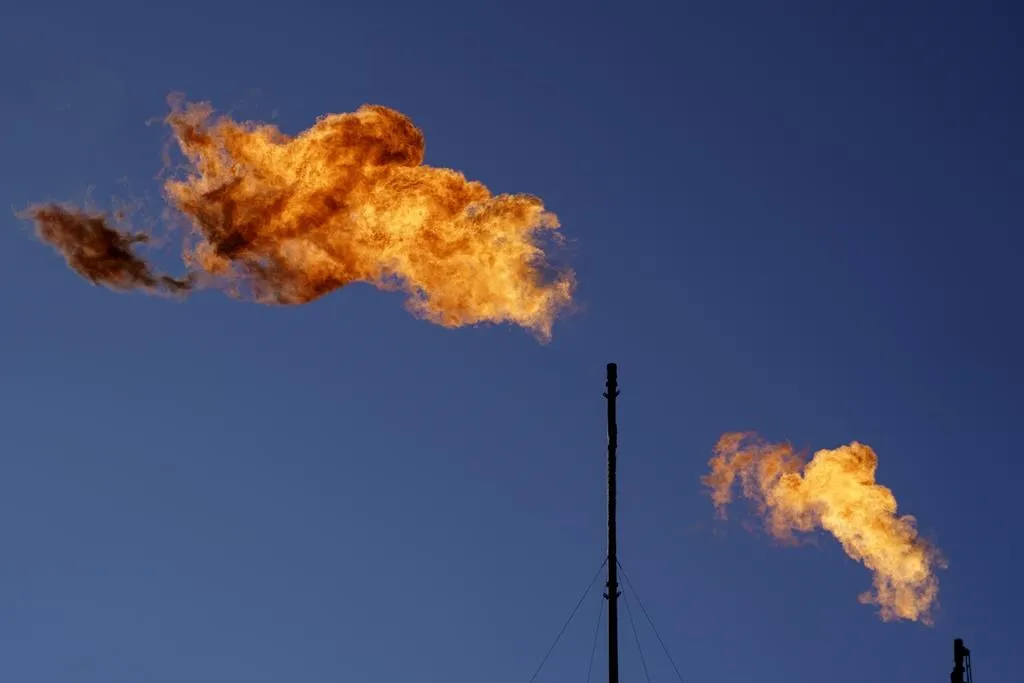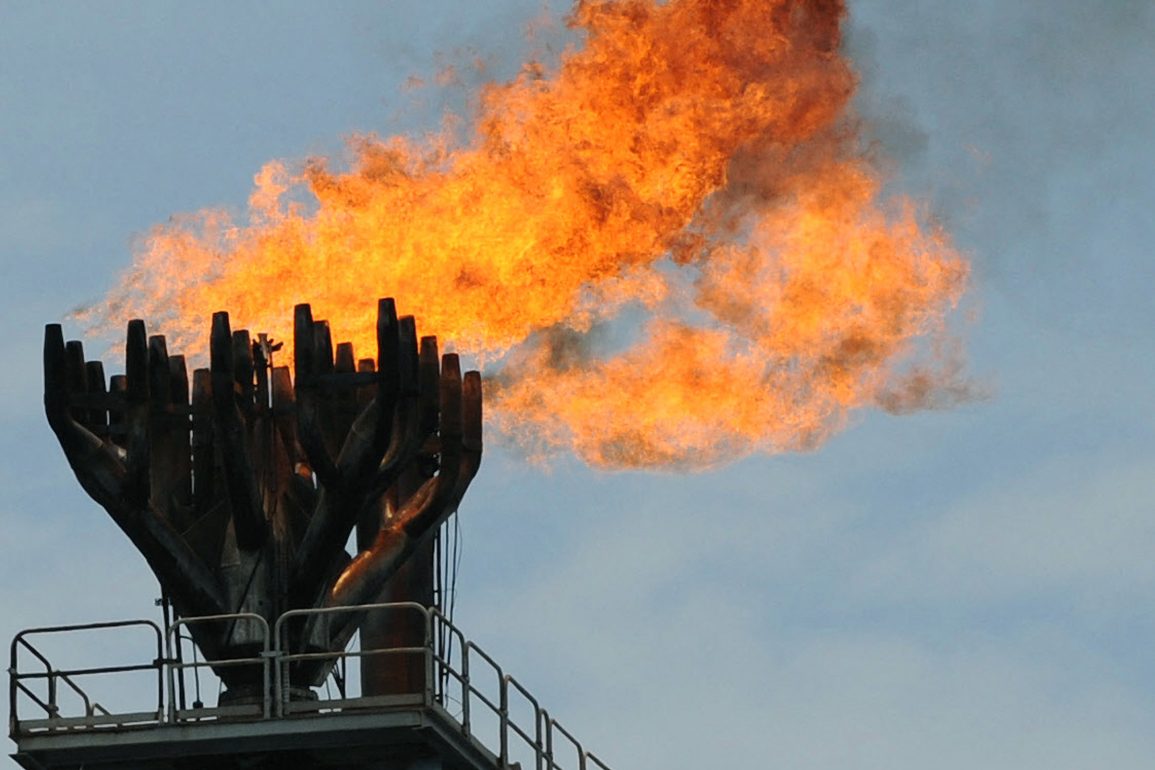Recent studies have revealed significant new challenges in the fight against global warming, particularly due to the rapidly increasing emissions of methane from natural sources. These sources, primarily tropical wetlands and thawing permafrost in the Arctic, are contributing more methane to the atmosphere than previously expected.
This natural increase in methane could undermine global efforts to reduce human-caused emissions, potentially accelerating climate change beyond current predictions.
Methane emissions, a potent greenhouse gas, have been a major focus of climate action, especially following a global pledge to cut these emissions by 30% by 2030. However, the discovery that natural sources like tropical wetlands and thawing Arctic permafrost are releasing increasing amounts of methane complicates these efforts.
These emissions are becoming a significant contributor to the overall atmospheric methane levels, which could diminish the impact of human mitigation strategies.
Research has shown that even during the Arctic winter, significant amounts of methane are being released, particularly from organic-rich permafrost in Siberia.

These emissions exceed what is currently accounted for in climate models, with some estimates suggesting that permafrost methane emissions are almost three times higher than those from northern wetlands. This highlights a gap in our understanding of methane’s role in climate change and suggests that the situation may be more dire than previously thought.
Methane is an extremely potent greenhouse gas, trapping around 80 times more heat than carbon dioxide over a 20-year period. While about 60% of methane emissions come from human activities such as fossil fuel burning and agriculture, the rest comes from natural processes.
Climate change is exacerbating these natural emissions, creating a feedback loop where warming causes more methane release, which in turn leads to more warming—a dangerous cycle for the global climate.
The recent increase in methane emissions has intensified calls for urgent action to reduce human-induced methane discharges, especially from fossil fuels, which is both feasible and crucial. Recent measurements have shown that methane emissions from U.S. oil and gas operations are significantly higher than previously estimated, indicating a critical area for intervention.
Scientists warn that the current trajectory of methane emissions could mirror past periods of rapid climate shifts, such as those that ended the last ice age, signaling a potential tipping point for the Earth’s climate.

